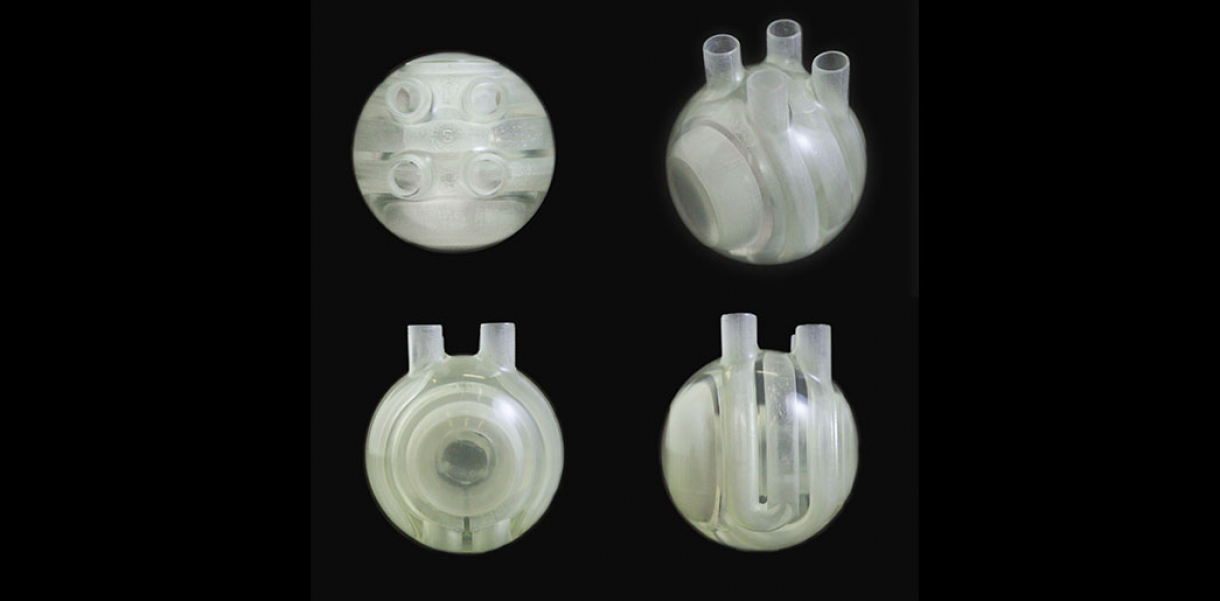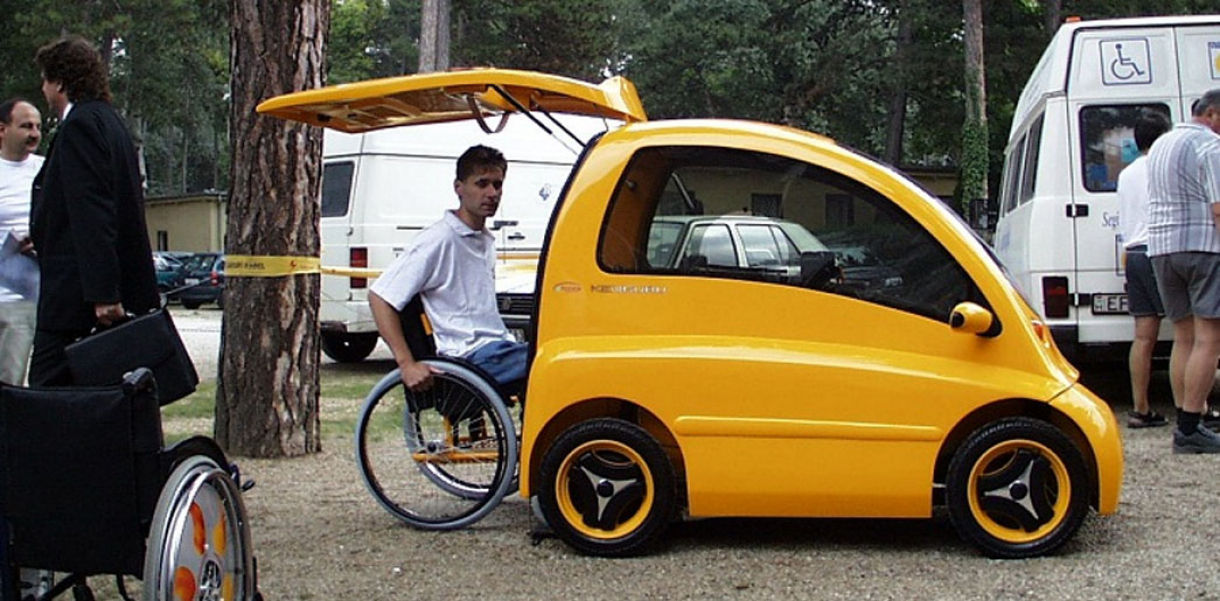Functionality and use of design
What’s different from the conventional artificial heart is that I aimed to integrate the workings of the sympathetic nervous system as an information system to correspond with the basic pump function. The main feature is that the heartbeats change with psychological shifts. For example, when you are in love your heart will beat excitedly. As an industrial designer and a medical scientist, feel the need to bridge the gap between biological engineering and humanity. Being a patient who has to struggle with heart disease for many years, I am trying to incorporate our psychological as well as emotional needs in the design of next-generation artificial organs. This concept is unprecedented in the field of medical engineering so far.
How did this design improve life?
By this design, we aimed to realize a small mechanical pump makes heart moving with something antithrombotic and biocompatibility. In addition, the design aims to incorporate our psychological needs.
Drawbacks of life improvement
The current design of the pump has a life span of one year.
Research and need
This design of artificial heart based on the topology space theory and the catastrophe theory. The process which embodies a Klein Bottle by optical polymerization system is applied. Ideas, such as mind-and-body correlation and a distributed circulation system, are proposed as an advanced design of an artificial heart. The structure of Dance Egg is used as the base of forms, and undulation pump, control, a battery and sensor unit are mounted. ‘Dance Egg’ is a name of the form in the topology space theory. By transforming Dance Egg into the medical sphere, the symbolism as embedded to a human body and an ultimate artificial thing is aimed at.
Designed by
Kazuo Kawasaki - Japan






